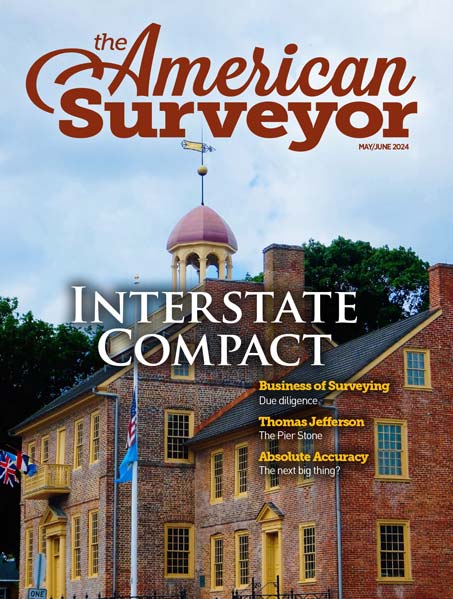"For much of the past three years, declines in construction activity have been dominated by residential construction, but this month was very different." —ABC Chief Economist Anirban Basu
Private nonresidential construction spending fell by 0.5 percent in June, according to the August 3 report by the U.S. Census Bureau. On a year-over-year basis, private nonresidential construction is down 4.8 percent from June 2008. Overall, total nonresidential construction spending – including both private and public – is up 0.1 percent from May 2009 to $711.9 billion, but down 0.7 percent from June 2008.
Among the sectors showing gains from May to June 2009 are water supply construction, up 4.6 percent, amusement and recreation construction, up 3.7 percent, religious, up 3.4 percent and healthcare construction, up 2.6 percent. Those sectors reporting the largest year-over-year spending increases include manufacturing, up 45.4 percent, public safety, up 14.1 percent and power construction, up 13.3 percent.
In contrast, those sectors posting losses from the previous month include conservation and development, down 5.5 percent, communication, down 5.0 percent and lodging construction, down 3.0 percent. On a year-over-year basis, commercial construction is down 28.2 percent, lodging is lower, down 25.9 percent and communication construction is down 22.5 percent.
Residential construction increased slightly for the month and is up 0.7 percent, but still down 29.3 percent on a year-over-year basis. Overall, total construction spending is up 0.3 percent for the month but is down 10.2 percent from June 2008.
What This Means
“For the first time in recent memory, the economic shoe is on the other foot,” said Associated Builders and Contractors (ABC) Chief Economist Anirban Basu. “For much of the past three years, declines in construction activity have been dominated by residential construction, but this month was very different.
“Residential construction woes have reversed largely due to government incentives that have stimulated first-time home buying. Monetary policy also has successfully defended low mortgage rates, which has induced demand for housing and new construction,” said Basu. “In contrast, nonresidential construction is now in a period of decline. Many sectors of the nonresidential construction industry will continue to experience declining activity due to rising office vacancy rates, expanding retail vacancy rates, and falling occupancy rates at hotels.
“The exception will be those categories directly impacted by the stimulus package, particularly infrastructure. ABC’s construction backlog indicator supports the notion that infrastructure related construction is set to increase significantly in the months ahead. Those sectors only indirectly related to the American Recovery and Reinvestment Act of 2009 will likely experience ongoing weakness well into 2010 and perhaps beyond,” said Basu.
